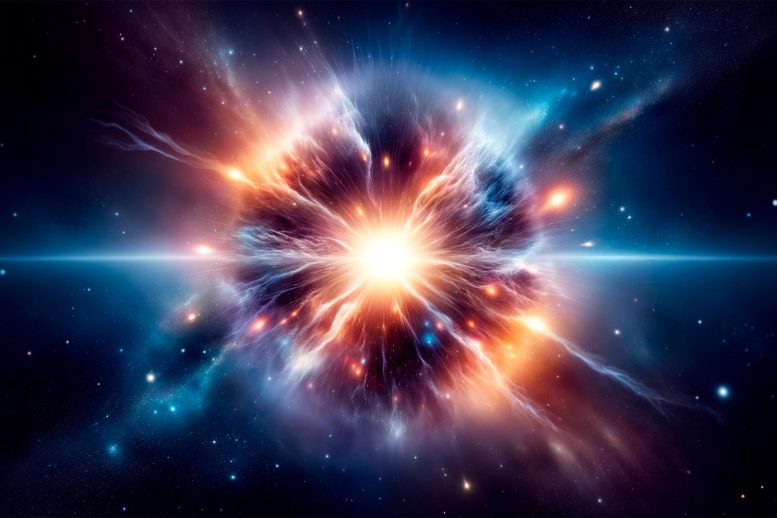
Using various telescopes, researchers observed a bright gamma-ray burst, revealing a neutron star merger and detecting the rare element tellurium. These findings, resulting from kilonova explosions, offer deeper insights into element creation, promising more advanced discoveries in the future.
Webb’s study of the second-brightest gamma-ray burst ever seen reveals tellurium.
Under what conditions many chemical elements are created in the universe has long been shrouded in mystery. This includes elements that are highly valuable, or even vital to life as we know it.
Astronomers are now one step closer to an answer thanks to the James Webb Space Telescope and a high-energy event: The second brightest gamma-ray burst ever detected, most likely caused by the merging of two neutron stars—which resulted in an explosion known as a kilonova. Using Webb’s spectacular sensitivity, scientists captured the first mid-infrared spectrum from space of a kilonova, which marked Webb’s first direct look at an individual heavy element from such an event.
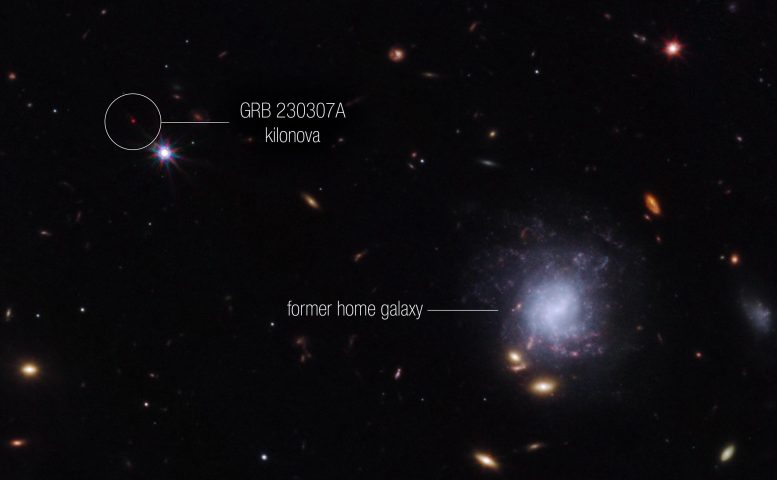
This image from Webb’s NIRCam (Near-Infrared Camera) instrument highlights GRB 230307A’s kilonova and its former home galaxy among their local environment of other galaxies and foreground stars. The neutron stars were kicked out of their home galaxy and traveled a distance of about 120,000 light-years, approximately the diameter of the Milky Way galaxy, before finally merging several hundred million years later. Credit: NASA, ESA, CSA, STScI, Andrew Levan (IMAPP, Warw)
NASA’s Webb Makes First Detection of Heavy Element from Star Merger
A team of scientists has used multiple space and ground-based telescopes, including NASA’s James Webb Space Telescope, NASA’s Fermi Gamma-ray Space Telescope, and NASA’s Neil Gehrels Swift Observatory, to observe an exceptionally bright gamma-ray burst, GRB 230307A, and identify the neutron star merger that generated an explosion that created the burst. Webb also helped scientists detect the chemical element tellurium in the explosion’s aftermath.
Elemental Findings and Kilonova Explanation
Other elements near tellurium on the periodic table – like iodine, which is needed for much of life on Earth – are also likely to be present among the kilonova’s ejected material. A kilonova is an explosion produced by a neutron star merging with either a black hole or with another neutron star.
“Just over 150 years since Dmitri Mendeleev wrote down the periodic table of elements, we are now finally in the position to start filling in those last blanks of understanding where everything was made, thanks to Webb,” said Andrew Levan of Radboud University in the Netherlands and the University of Warwick in the UK, lead author of the study.
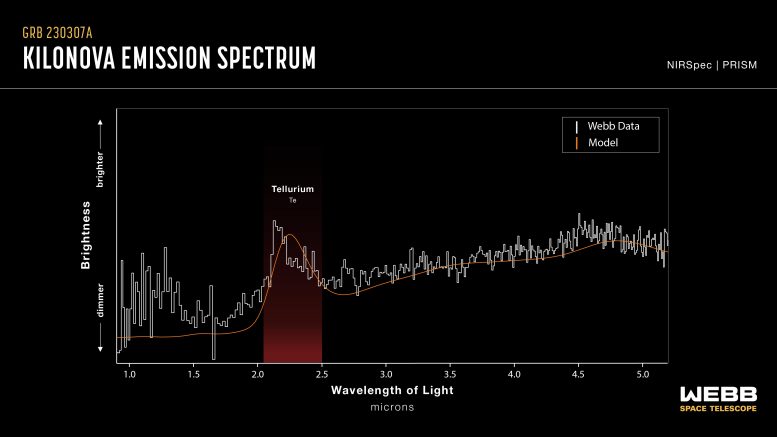
This graphic presentation compares the spectral data of GRB 230307A’s kilonova as observed by the James Webb Space Telescope and a kilonova model. Both show a distinct peak in the region of the spectrum associated with tellurium, with the area shaded in red. The detection of tellurium, which is rarer than platinum on Earth, marks Webb’s first direct look at an individual heavy element from a kilonova. Credit: NASA, ESA, CSA, Joseph Olmsted (STScI)
Challenges in Studying Kilonovas
While neutron star mergers have long been theorized as being the ideal “pressure cookers” to create some of the rarer elements substantially heavier than iron, astronomers have previously encountered a few obstacles in obtaining solid evidence.
Kilonovas are extremely rare, making it difficult to observe these events. Short gamma-ray bursts (GRBs), traditionally thought to be those that last less than two seconds, can be byproducts of these infrequent merger episodes. (In contrast, long gamma-ray bursts may last several minutes and are usually associated with the explosive death of a massive star.)
The case of GRB 230307A is particularly remarkable. First detected by the Fermi Gamma-ray Space Telescope in March, it is the second brightest GRB observed in over 50 years of observations, about 1,000 times brighter than a typical gamma-ray burst that Fermi observes. It also lasted for 200 seconds, placing it firmly in the category of long duration gamma-ray bursts, despite its different origin.
“This burst is way into the long category. It’s not near the border. But it seems to be coming from a merging neutron star,” added Eric Burns, a co-author of the paper and member of the Fermi team at Louisiana State University.
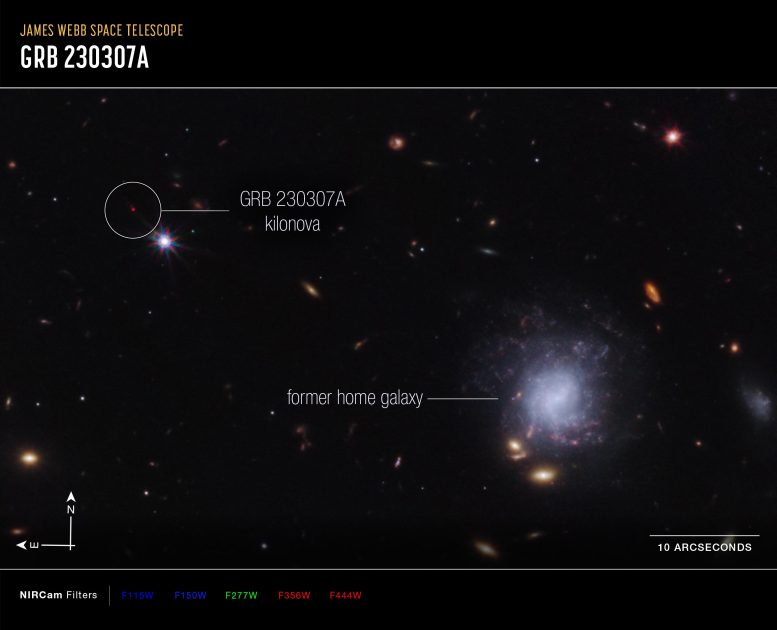
An image of the GRB 230307A kilonova and the former home galaxy of the neutron stars captured by Webb’s NIRCam (Near-Infrared Camera), with compass arrows, a scale bar, and color key for reference.
The north and east compass arrows show the orientation of the image on the sky. Note that the relationship between north and east on the sky (as seen from below) is flipped relative to direction arrows on a map of the ground (as seen from above).
The scale bar is labeled in arcseconds, which is a measure of angular distance on the sky. One arcsecond is equal to 1/3600 of one degree of arc. (The full Moon has an angular diameter of about 0.5 degrees.) The actual size of an object that covers one arcsecond on the sky depends on its distance from the telescope.
This image shows invisible near-infrared wavelengths of light that have been translated into visible-light colors. The color key shows which NIRCam filters were used when collecting the light. The color of each filter name is the visible light color used to represent the infrared light that passes through that filter.
Credit: NASA, ESA, CSA, STScI, Andrew Levan (IMAPP, Warw)
Collaborative Observations
The collaboration of many telescopes on the ground and in space allowed scientists to piece together a wealth of information about this event as soon as the burst was first detected. It is an example of how satellites and telescopes work together to witness changes in the universe as they unfold.
After the first detection, an intensive series of observations from the ground and from space, including with the Neil Gehrels Swift Observatory, swung into action to pinpoint the source on the sky and track how its brightness changed. These observations in the gamma-ray, X-ray, optical, infrared, and radio showed that the optical/infrared counterpart was faint, evolved quickly, and became very red – the hallmarks of a kilonova.
“This type of explosion is very rapid, with the material in the explosion also expanding swiftly,” said Om Sharan Salafia, a co-author of the study at the INAF – Brera Astronomical Observatory in Italy. “As the whole cloud expands, the material cools off quickly and the peak of its light becomes visible in infrared, and becomes redder on timescales of days to weeks.”
In-depth Observations With Webb
At later times it would have been impossible to study this kilonova from the ground, but these were the perfect conditions for Webb’s NIRCam (Near-Infrared Camera) and NIRSpec (Near-Infrared Spectrograph) instruments to observe this tumultuous environment. The spectrum has broad lines that show the material is ejected at high speeds, but one feature is clear: light emitted by tellurium, an element rarer than platinum on Earth.
The highly sensitive infrared capabilities of Webb helped scientists identify the home address of the two neutron stars that created the kilonova: a spiral galaxy about 120,000 light-years away from the site of the merger.
Historical Journey of the Neutron Stars
Prior to their venture, they were once two normal massive stars that formed a binary system in their home spiral galaxy. Since the duo was gravitationally bound, both stars were launched together on two separate occasions: when one among the pair exploded as a supernova and became a neutron star, and when the other star followed suit.
In this case, the neutron stars remained as a binary system despite two explosive jolts and were kicked out of their home galaxy. The pair traveled approximately the equivalent of the Milky Way galaxy’s diameter before merging several hundred million years later.
Looking Ahead
Scientists expect to find even more kilonovas in the future due to the increasing opportunities to have space and ground-based telescopes work in complementary ways to study changes in the universe. For example, while Webb can peer deeper into space than ever before, the remarkable field of view of NASA’s upcoming Nancy Grace Roman Space Telescope will enable astronomers to scout where and how frequently these explosions occur.
“Webb provides a phenomenal boost and may find even heavier elements,” said Ben Gompertz, a co-author of the study at the University of Birmingham in the UK. “As we get more frequent observations, the models will improve and the spectrum may evolve more in time. Webb has certainly opened the door to do a lot more, and its abilities will be completely transformative for our understanding of the universe.”
These findings have been published in the journal Nature.
Reference: “Heavy element production in a compact object merger observed by JWST” by Andrew Levan, Benjamin P. Gompertz, Om Sharan Salafia, Mattia Bulla, Eric Burns, Kenta Hotokezaka, Luca Izzo, Gavin P. Lamb, Daniele B. Malesani, Samantha R. Oates, Maria Edvige Ravasio, Alicia Rouco Escorial, Benjamin Schneider, Nikhil Sarin, Steve Schulze, Nial R. Tanvir, Kendall Ackley, Gemma Anderson, Gabriel B. Brammer, Lise Christensen, Vikram S. Dhillon, Phil A. Evans, Michael Fausnaugh, Wen-fai Fong, Andrew S. Fruchter, Chris Fryer, Johan P. U. Fynbo, Nicola Gaspari, Kasper E. Heintz, Jens Hjorth, Jamie A. Kennea, Mark R. Kennedy, Tanmoy Laskar, Giorgos Leloudas, Ilya Mandel, Antonio Martin-Carrillo, Brian D. Metzger, Matt Nicholl, Anya Nugent, Jesse T. Palmerio, Giovanna Pugliese, Jillian Rastinejad, Lauren Rhodes, Andrea Rossi, Andrea Saccardi, Stephen J. Smartt, Heloise F. Stevance, Aaron Tohuvavohu, Alexander van der Horst, Susanna D. Vergani, Darach Watson, Thomas Barclay, Kornpob Bhirombhakdi, Elmé Breedt, Alice A. Breeveld, Alexander J. Brown, Sergio Campana, Ashley A. Chrimes, Paolo D’Avanzo, Valerio D’Elia, Massimiliano De Pasquale, Martin J. Dyer, Duncan K. Galloway, James A. Garbutt, Matthew J. Green, Dieter H. Hartmann, Páll Jakobsson, Paul Kerry, Chryssa Kouveliotou, Danial Langeroodi, Emeric Le Floc’h, James K. Leung, Stuart P. Littlefair, James Munday, Paul O’Brien, Steven G. Parsons, Ingrid Pelisoli, David I. Sahman, Ruben Salvaterra, Boris Sbarufatti, Danny Steeghs, Gianpiero Tagliaferri, Christina C. Thöne, Antonio de Ugarte Postigo and David Alexander Kann, 25 October 2023, Nature.
DOI: 10.1038/s41586-023-06759-1
The James Webb Space Telescope is the world’s premier space science observatory. Webb is solving mysteries in our solar system, looking beyond to distant worlds around other stars, and probing the mysterious structures and origins of our universe and our place in it. Webb is an international program led by NASA with its partners, ESA (European Space Agency) and the Canadian Space Agency.

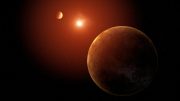
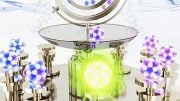
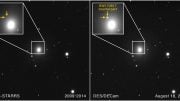

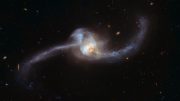
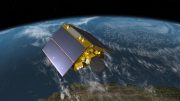


Be the first to comment on "Cosmic Alchemy: Webb’s First Glimpse Into Heavy Element Creation"